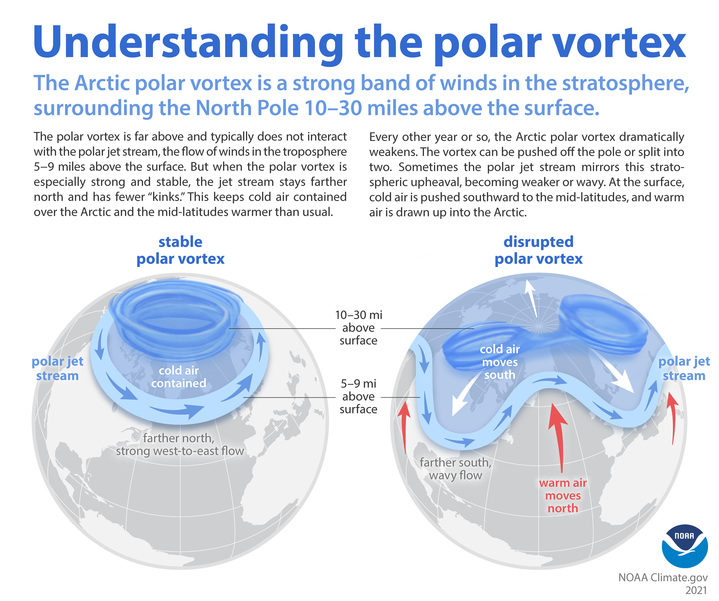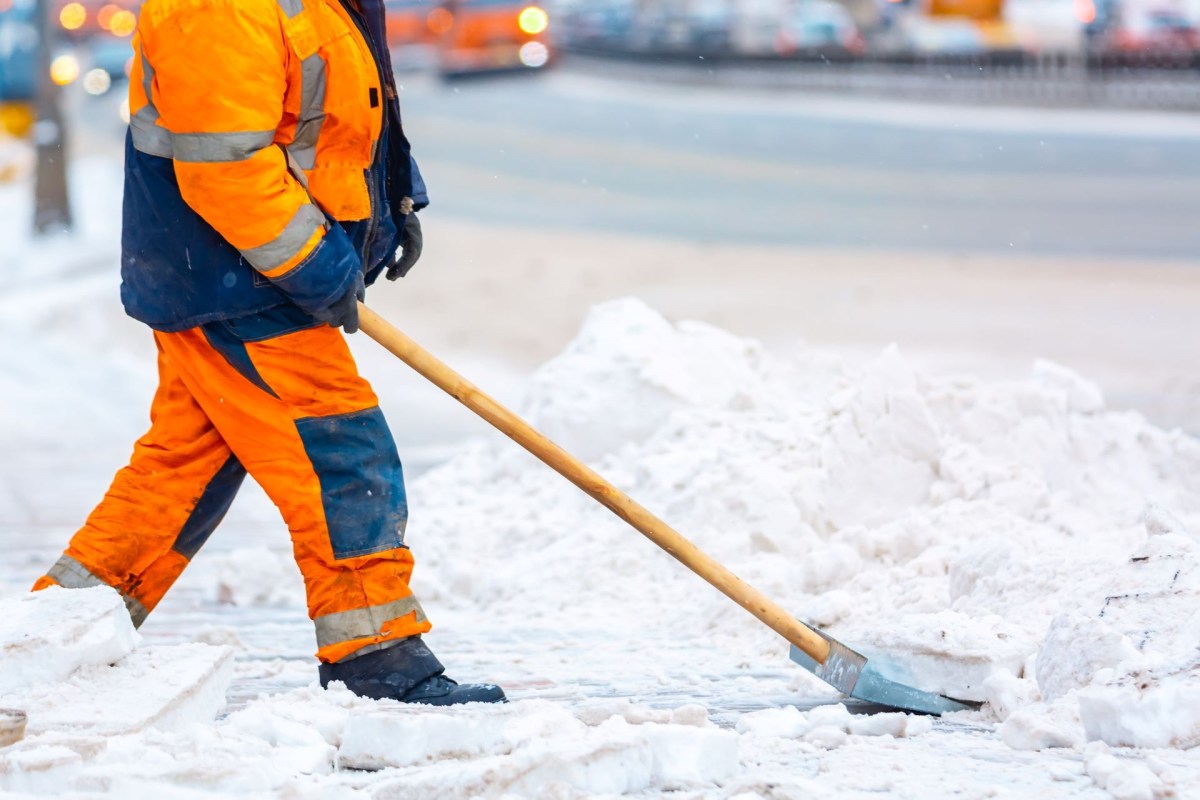When you hear about our warming planet, you might visualize droughts, heat waves, or even hurricanes. You probably don't immediately think about frigid blizzards, though.
But the overheating of our planet is causing complicated extreme weather conditions across the board, including brutally hot summers and bitterly cold winters.
While it might be difficult to tie any single extreme weather event to our changing climate, we do know that increasing temperatures have significant impacts on both precipitation levels and how air moves around the planet.
New York's Governor Kathy Hochul expressed concern that the warming planet could be partially to blame for Buffalo's catastrophic "blizzard of the century" in December 2022, in which almost 50 inches of snow fell and at least 60 people died nationwide.
"Historic storms are no longer historic to us. That's become a way of life in our state and that's a result of climate change," she explained in a press conference. "All of us, in state and county-level government know we have to prepare for the next big one."
Of course, we shouldn't only listen to what politicians say about our overheating planet. What does science tell us?
How can warming lead to worse blizzards?
One reason why a hotter planet leads to crazier snow storms has to do with moisture in the atmosphere.
The hotter it is outside, the more moisture our atmosphere can hold. For every one additional degree Fahrenheit of warming, the atmosphere can hold about 4% more water vapor.
And so when it rains, it pours. Or in the wintertime, if it's cold enough, when it snows, it snows hard. So even though the planet is getting warmer overall, we are predicted to see way more intense snowstorms.
But not everything can be chalked up to a moister atmosphere. How air moves around the Earth also plays a major role in intense weather events.
The polar vortexes' role
Around the Earth's poles, there are massive swirling cold air currents, called polar vortexes. These low-pressure currents exist between ten and thirty miles above the surface of the planet.
If polar vortexes are disrupted or destabilized — which happens as polar regions heat up far faster than the rest of the planet — it can cause cold air to move southward.
As this happens, the jet stream, an air current closer to Earth's surface, can be disrupted, wobbling more northward and southward than usual.

This wobbling jet stream can cause severe cold spells across areas of North America and Europe, the two continents most influenced by the polar jet stream.
"Even though you have an overall warming trend, you might see an increase in the severity of individual weather events in some locations," Amy Butler, a scientist with the National Oceanic and Atmospheric Administration, explained in a virtual Q&A.
So the next time you experience an intense winter storm, don't wish for a warmer planet. It could be the reason for the heavy snow in the first place.
Join our free newsletter for cool news and cool tips that make it easy to help yourself while helping the planet.









